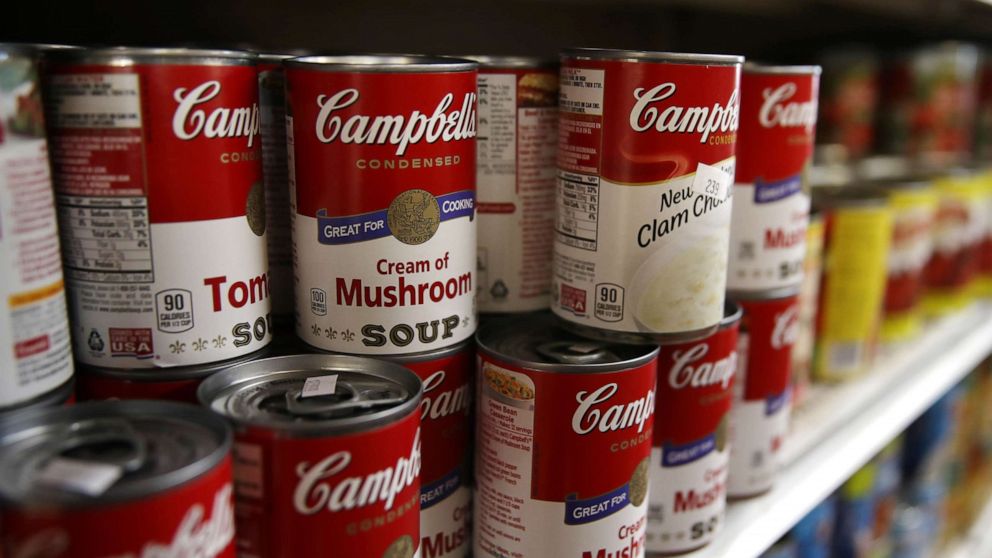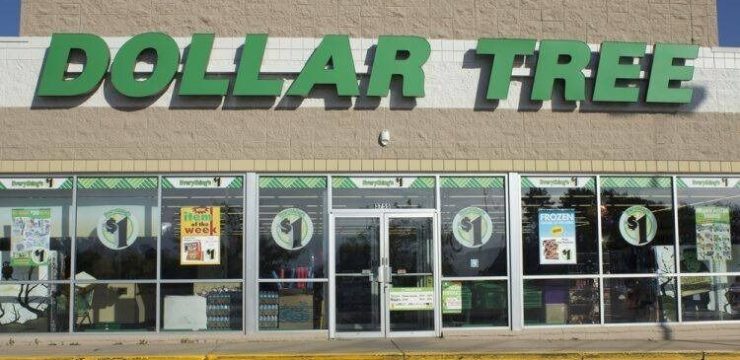For nearly two centuries, Campbell’s Soup has been a staple in American households. From its signature red and white cans to its comforting flavors, the brand has been synonymous with convenience and tradition. However, in recent years, Campbell’s has faced a series of challenges that threaten its very survival. With changing consumer habits, financial burdens, and internal corporate struggles, the company is at a crossroads.

The Shift Toward Natural and Unprocessed Foods
One of the main reasons Campbell’s is struggling is the growing demand for healthier, natural, and unprocessed food options. Today’s consumers are increasingly prioritizing clean labels and organic ingredients, turning away from processed and canned foods that once dominated the grocery aisles. This shift in consumer behavior has significantly impacted Campbell’s, whose classic soups are often seen as outdated in a market filled with trendy, health-conscious alternatives.
Competitors offering fresh, ready-to-eat meals or organic soups have successfully captured the attention of a younger, more health-conscious demographic. Campbell’s traditional canned soups, while convenient, are often criticized for their sodium content and artificial ingredients, making them less appealing to modern consumers striving for healthier lifestyles.
Financial Struggles and Mounting Debt
To adapt to this changing landscape, Campbell’s has attempted to diversify its offerings by acquiring other food companies. While these acquisitions were meant to expand the company’s reach and modernize its portfolio, they have come at a significant cost. Campbell’s is now burdened with a staggering $9 billion in debt, a financial strain that has left the company vulnerable.
These acquisitions include brands like Snyder’s-Lance, which produces snack foods, and Bolthouse Farms, a leader in fresh produce and beverages. While these moves were strategic, they have yet to yield the financial returns needed to offset the massive debt. This has raised concerns among investors and analysts about the company’s ability to stay competitive in an increasingly demanding market.
Internal Power Struggles and Legal Battles
Compounding the company’s challenges is a heated internal battle for control. The Dorrance family, descendants of the company’s founder and owners of approximately 40% of Campbell’s shares, are in a protracted conflict with Daniel Loeb, a billionaire activist investor from Third Point LLC. Loeb, who holds about 7% of the company’s stock, has been vocal about his dissatisfaction with the company’s current direction.
Loeb has pushed for radical changes, including a complete rebranding of the company and redesigning the iconic red and white cans. He argues that the company’s reliance on nostalgia is no longer enough to sustain its relevance in a fast-evolving marketplace. However, these proposals have met resistance from the Dorrance family, who are deeply protective of the brand’s heritage.
The feud has escalated to the point of legal disputes, with Loeb accusing the company of mismanagement. This ongoing tug-of-war has not only distracted the company’s leadership but also created uncertainty among shareholders, further complicating efforts to steer the company back to stability.
Signs of Change Amidst Turbulence
Despite these challenges, Campbell’s is taking steps to address its struggles. In a recent move, the company agreed to add two directors suggested by Third Point to its board. This decision signals a potential willingness to embrace change and incorporate fresh perspectives into its leadership.
The addition of new directors could pave the way for innovative strategies to revitalize the brand. However, whether these changes will be enough to overcome the company’s deep-seated issues remains to be seen. Analysts suggest that Campbell’s will need to strike a delicate balance between preserving its iconic status and reinventing itself to align with contemporary tastes and expectations.
What’s Next for Campbell’s Soup?
The challenges Campbell’s faces are emblematic of broader trends in the food industry. Traditional packaged food companies are under immense pressure to adapt to a world where consumers are more informed and selective about what they eat. For Campbell’s, this means addressing its financial burdens, resolving internal conflicts, and most importantly, reestablishing its relevance in the eyes of today’s consumers.
One potential path forward is doubling down on innovation. Campbell’s could invest in research and development to create healthier, more natural versions of its classic soups. Expanding its product lines to include plant-based options or fresh meal kits could also help the company appeal to a broader audience.
Moreover, embracing digital marketing and e-commerce could be crucial in capturing the attention of younger consumers. Many of Campbell’s competitors have successfully leveraged social media and online platforms to build brand loyalty and drive sales, an area where Campbell’s has room to improve.
At the same time, Campbell’s must remain mindful of its legacy. For many Americans, Campbell’s Soup is more than just a product—it’s a piece of cultural history. By blending innovation with tradition, the company could carve out a path that honors its past while ensuring its future.
A Legacy Worth Saving
As Campbell’s Soup approaches its 200th anniversary, the company’s challenges serve as a reminder that even the most iconic brands must evolve to survive. The road ahead will not be easy, but with strategic leadership, financial discipline, and a willingness to adapt, Campbell’s may yet find a way to remain a beloved fixture in American kitchens.
For now, all eyes are on the company’s next moves. Whether it can successfully navigate this period of transformation will determine not only its survival but also its place in the ever-changing food industry.





